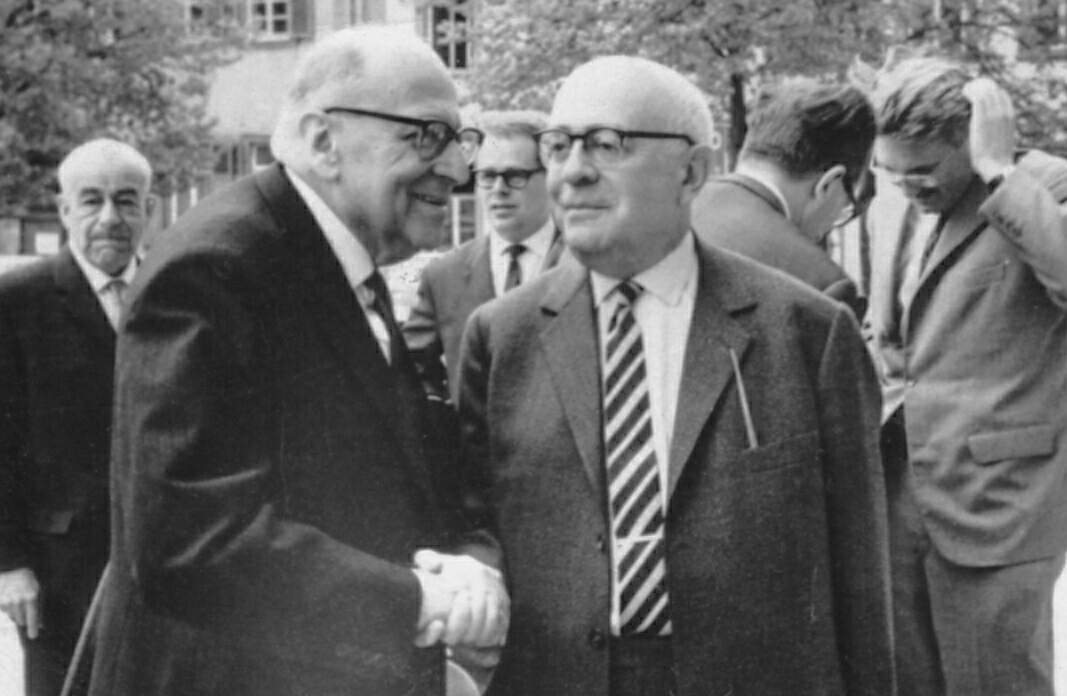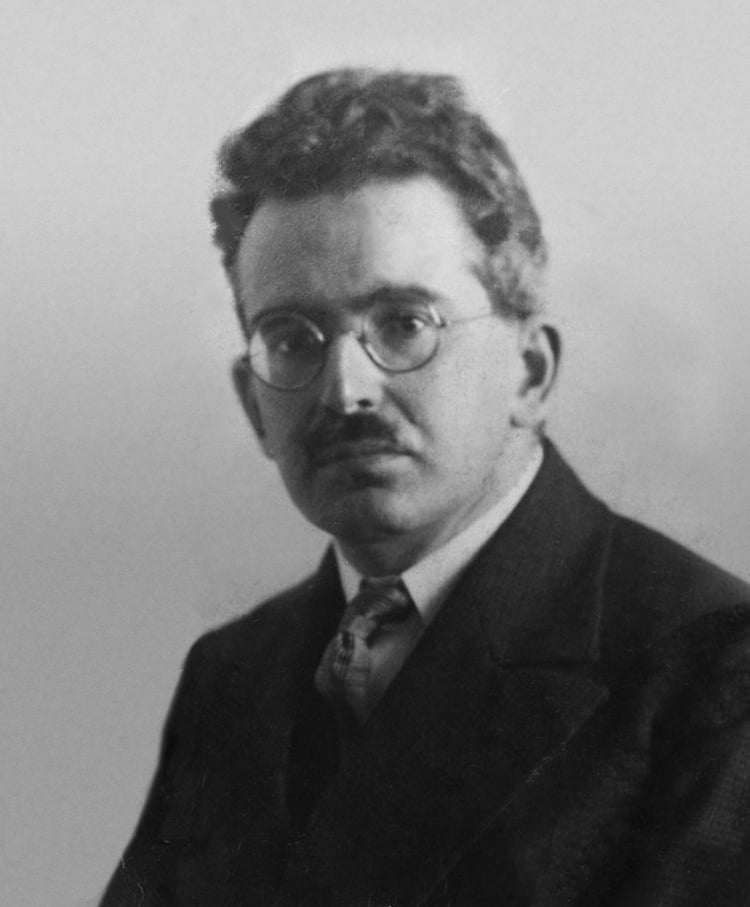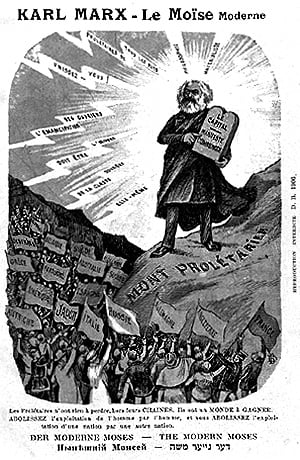Shame. That word seems to best define what Orthodox Marxists felt after World War I. “How did the tweedy high-brow men who filled the salons of Berlin, Vienna, and London screw up our proletarian revolution?” they asked each other. Why was it a Russian nation comprised mainly of illiterate farmers that adopted the collectivist utopia – not the enlightened Germans, Austrians, English, and French? After all, the vision of our founding father Karl Marx maintained that after the profound capitalism that prevailed in early 20th century Europe, the workers of the world would unite in singing a throaty rendition of The Internationale.
Just as they were still debating the miserable workers’ dire straits, the maid arrived to serve the cremeschnitte and warm cream. That was their “aha!” moment: There is no choice. Time to update. We have to go back to the drawing board and come up with a sleeker way to convince the masses addicted to the bourgeoisie’s opiates that they are living under false illusions. That is how the Frankfurt School was born.
A brief history. In 1930, the German-Jewish philosopher Max Horkheimer was appointed to lead the Institute of Social Research at the University of Frankfurt founded by the then-young German-Jewish millionaire-with-a-Marxist-worldview Felix Weil. Horkheimer gathered a group of brilliant intellectuals including Theodor W. Adorno, Herbert Marcuse, and Erich Fromm. All Marxist intellectual Jews who believed themselves to be repairing a world ruled by Karl Halevi – the original Jewish name of Karl Marx. Three decades later, in the 1960s, that group was dubbed the “Frankfurt School,” a term synonymous with a critical-social theory that would become one of the most influential philosophies of the 20th century.

The Nazis’ rise to power in 1933 exposed the Institute’s members to a dual risk – they were Marxists and circumcised. Some of them managed to flee Germany for the US, where they reestablished their Institute in New York adjacent to Columbia University. The Institute returned to Germany in 1949. But some of its members, including Marcuse and Fromme, remained in America.
The Frankfurt School’s central conclusion was that it was impossible in the post-World-War era to rely only on Karl Marx’s economic analysis to explain the eternal class war. That a synthesis of multiple disciplines including sociology, philosophy, psychology, literature, political science, and – but not just – economics was required. They cited the advent of popular culture empowered by mass media (television, radio, music, and film) for the rise of a new more complex and sophisticated form of class war that was hard to discern at first glance.
When Marx and Engels wrote the Communist Manifesto in the mid-19th century, the gap between the classes was profound. For example, Berlin’s wealthy industrialists attended concerts which the average worker could only dream. Now, claimed the Frankfurt School, the wealthy and the poor watch television. Exploitation of 19th-century workers by factory owners was replaced by the human mouse’s maze of flickering pixels, polyphonic communications, and advanced technology that brought the refrigerator, washing machine, and fold-up barbecue into the workers’ homes. They all created a monster, a bourgeois melting pot in which the rewards – aluminum siding, minimal backyard lawn, and car for every worker – were the means with which the rich kept the masses docile and content.

The Frankfurt School’s members allowed that modern man trumped nature by means of advanced technology and science and did improve his financial circumstances. But they maintained that he also became passive and numb, subject to a gluttonous limbo of consumption, and addicted to the distractive stimuli that created “The System” to drug him and prevent him from living a full and significant life and experiencing real love and joy.
The school’s disciples replaced the Marxist ideology’s classic terms – “means of production, relations of production, etc.” – with the term “the culture industry”: a type of foundry for the creation of cross-media content that would tell people what to want, what to think, and how to behave. Like the nationalism and family structure according to old Marx, this would serve as a smoke screen, a cynical manipulation of the masses with the sole purpose of putting them to sleep.
In other words, “the culture industry” filled the people’s leisure hours with entertainment to distract them from the boredom of automized labor. The flood of television programs, radio shows, commercials, billboards, and urban advertising noise had become so intense that it prevented the citizens from realizing that they were exploited, thus preventing them from resisting the socioeconomic machine.

The Frankfurt School’s heyday came in 1960s America. The hippies in San Francisco, the Counterculture, and the Civil Rights Movement went searching for culprits and the Frankfurt School offered them the perfect nemesis: the system, the establishment, the mammoth and centralized monolith that manages itself in accordance with mechanical logic, apathetic and alienated to the suffering of man and the dreams of people. Thus, they passionately read Adorno and Marcuse to the strains of Janis Joplin, Bob Dylan, and Joan Baez enhanced by the curling smoke of marijuana. They were addicted.
Full disclosure: The 1960s revolution of love was not socialist in its essence. It was a jumbled cocktail of half-baked ideas: extreme individualism, free love, yearning for authenticity, and a passion to be free of the System and “true to oneself.” When the hippies woke up, 20 years later, they looked in the mirror and saw conformist self-satisfied yuppies. In short, everything that they loathed 20 years ago. America was awash in the peak of a wave of capitalism. At least in the public-civic sphere, the influence of the Frankfurt School’s members had all but disappeared.
In academia, on the other hand, the Frankfurt School’s critical theory became one of the main food groups of the behavioral sciences’ cathedra. Mainly in Europe and later in the US. Marcuse, Adorno, Walter Benjamin and their heir Jürgen Habermas are rightfully considered the founders of the Neo-Marxist system and pioneers of post-modernity.
Their right-wing critics claim that their reasoning destroyed academia set the stage for an obsessive polemic of identity politics, oppression of the “Other,” tracking in education, exclusion, and its accompanying word salad. But even their greatest ideological adversaries honor them and do not deny their tremendous contribution to thought and human spirit.